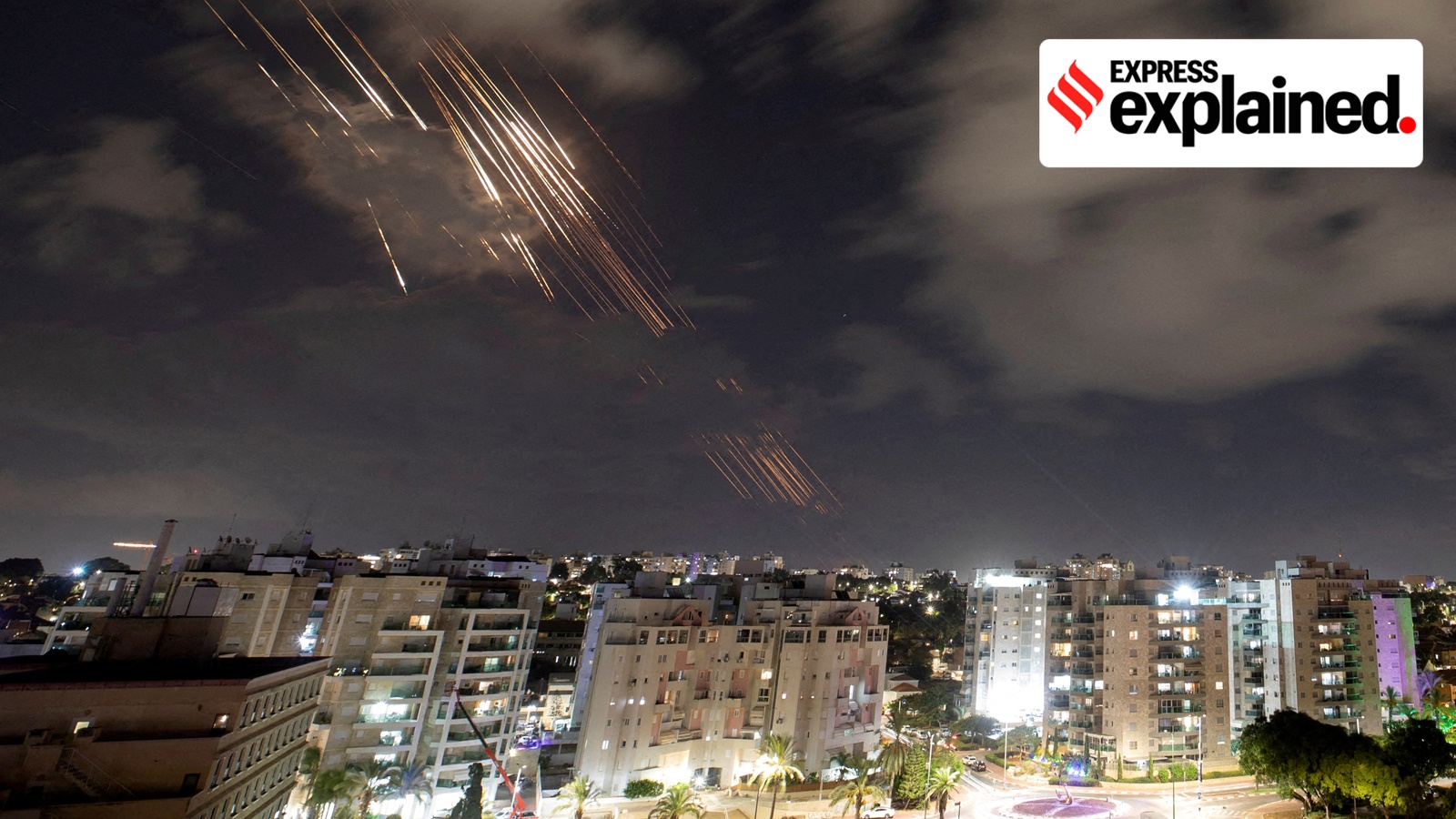 |
|
Israel's defense system is a multi-layered network designed to protect against a wide range of missile threats, from short-range rockets fired by Hamas to long-range ballistic missiles potentially launched by countries like Iran. While the Iron Dome is perhaps the most widely recognized component, this system has evolved significantly over time, with other technologies playing crucial roles in providing comprehensive protection. The recent missile exchange between Iran and Israel highlighted the importance of these advanced systems in safeguarding the country's airspace and civilian population.
The Iron Dome, a short-range air defense system, has proven highly effective in intercepting rockets and mortars fired from shorter distances. Its success can be attributed to its rapid response time and ability to engage multiple targets simultaneously. However, the Iron Dome's primary focus lies on protecting against short-range threats, leaving the task of intercepting longer-range missiles to other systems. These include David's Sling, a mid-range system capable of intercepting ballistic missiles launched from distances ranging from 100 km to 200 km, and the Arrow 2 and 3 systems, designed to counter long-range ballistic missiles that travel outside the Earth's atmosphere.
David's Sling, developed jointly by Rafael and RTX Corp, employs a maneuverable, hit-to-kill missile known as Stunner. This missile is designed to destroy threats through direct impact, eliminating the need for a warhead. It's capable of intercepting a wide range of short-range ballistic missiles, effectively addressing a significant portion of the global theater ballistic missile threat inventory. The Arrow family of systems, developed by Israel Aerospace Industries (IAI), represents the pinnacle of Israel's long-range missile defense capabilities. Both Arrow 2 and Arrow 3 systems are designed to intercept tactical ballistic missiles carrying various warheads, providing a protective umbrella over strategic assets and population centers. Arrow 3 specifically targets the newest, longer-range threats, including those potentially carrying weapons of mass destruction.
While the Iron Dome and other systems are crucial to Israel's missile defense strategy, the Iron Beam offers a different approach to short-range threats. This laser-based system, developed by Rafael, uses high-powered laser beams to destroy targets within a range of up to 10 km. Unlike traditional missile interceptors, Iron Beam boasts an unlimited magazine, with a near-zero cost per interception and minimal collateral damage. Its ability to engage multiple targets at the speed of light makes it a promising alternative to traditional missile defense systems.
The development and deployment of these advanced air defense systems underscore the importance of Israel's commitment to protecting its citizens and strategic assets from missile threats. The country's sophisticated air defense network is a testament to its ongoing investments in research and development, ensuring that its defenses remain ahead of evolving threats. While the Iron Dome has gained global recognition, the interconnected nature of Israel's defense system, encompassing other advanced technologies, underscores the importance of a comprehensive approach to countering a wide range of missile threats.
Source: Beyond the Iron Dome: The many layers of Israel’s air defence system
